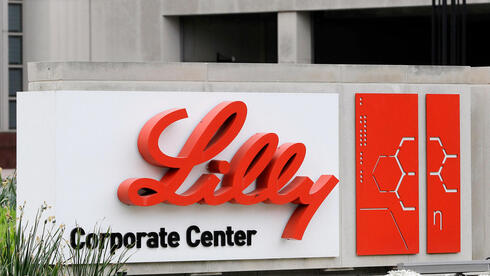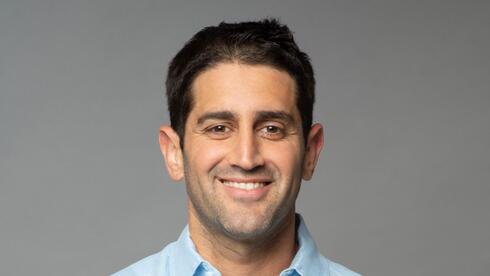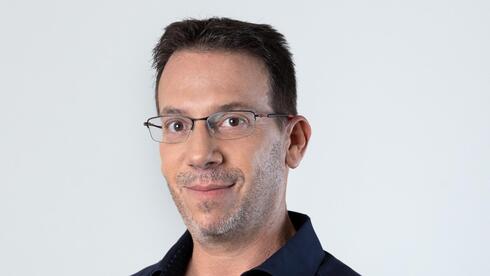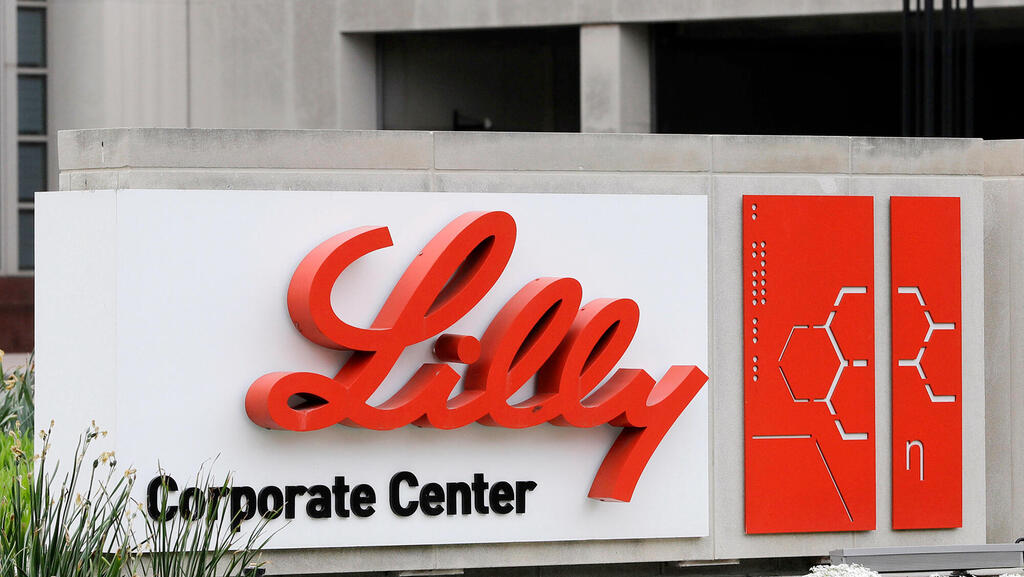
1,000% stock increase: The story behind Eli Lilly’s pharmaceutical dominance
Beating second-quarter forecasts mainly due to its weight loss and diabetes drugs, Eli Lilly, the company aspiring to be worth a trillion dollars, has invested heavily in innovative developments, becoming the pharmaceutical manufacturer with the highest market value in the world.
Within a decade, Eli Lilly's stock surged by nearly 1,000%, with the veteran American pharmaceutical manufacturer currently trading at a record value of $840 billion. Riding high on the success of its diabetes and weight loss drugs, the company has become one of the ten largest in the world by market value this year, surpassing companies like Tesla, JPMorgan, and ExxonMobil. The dizzying success can be attributed to one key factor: a culture of development and innovation.
Last week, Eli Lilly released its second-quarter earnings report, surpassing all forecasts. The pharmaceutical giant posted a net profit of $2.97 billion, or $3.28 per share, compared to a net profit of $1.76 billion, or $1.95 per share, in the same period last year. Eli Lilly recorded revenues of $11.3 billion in the second quarter, a 36% increase compared to the corresponding period last year. Simultaneously, the company raised its revenue forecast for 2024 by an impressive $3 billion.
Overtaking Novo Nordisk
The weight loss drug Zepbound and the diabetes drug Mounjaro (also approved for weight loss) are driving this success, generating $4.3 billion in revenue in the past quarter alone and a total of $7 billion since they entered the market last November. These drugs, which mimic hormones produced in the intestines to suppress appetite, quickly entered the FDA’s list of drug shortages after hitting the market, a shortage that has only recently started to ease. "We're just seeing unbelievable demand, and we're not even trying that hard to promote this drug," Eli Lilly CEO David Ricks said in an interview with CNBC regarding Zepbound. "What we're seeing is just organic consumer demand." It seems that the only thing slowing the company's growth is production capacity. Demand currently exceeds production, and in the last four years, the company has invested a total of $18 billion in building new manufacturing facilities.
Eli Lilly's drugs compete with those from Novo Nordisk, which defined the current weight loss drug market with Ozempic. However, two quarters of drug sales were enough for the American giant to overtake Novo, which, like Eli Lilly, also faces supply problems. In the second quarter, Novo reported revenues of $5.9 billion from its parallel drugs Ozempic and Wegovy. Despite this strong performance, Novo’s results were about 14% below analysts' expectations.
According to average forecasts, Novo's two weight-loss drugs are expected to generate approximately $40 billion in revenue by 2026, compared to a cumulative revenue forecast of $30 billion for Eli Lilly's drugs, which, as mentioned, have only been on the market since last fall.
20 drugs in the next decade
Innovative developments are nothing new to Eli Lilly, which was founded in Indianapolis in 1876 by chemist Eli Lilly, a former Union Army officer. The company was the first to sell commercial insulin in the United States and polio vaccines and is responsible for the development of Prozac, which became synonymous with antidepressants. In 1988, Prozac was even the best-selling drug in the world. However, in 2001, Eli Lilly faced a crisis when it lost exclusivity on Prozac, an event known as "Year X." Although anticipated, the loss of the drug, which accounted for about a third of the company’s revenues, hit harder than expected. The patent was revoked three years before its scheduled expiration after a legal battle, instantly wiping out $2.4 billion in annual revenues. The situation deteriorated further as Eli Lilly lost exclusivity on four more drugs over the next decade, including the schizophrenia drug Zyprexa and the antidepressant Cymbalta, a period the company later referred to as the "year of YZ." In 2016, Eli Lilly’s Alzheimer’s drug Solanezumab failed an important clinical trial, and approval for an experimental arthritis treatment was delayed. During this period, the company cut about 500 jobs and raised $1.7 billion in cash. Instead of pursuing mergers and acquisitions, as many pharmaceutical companies do during crises, Eli Lilly invested in developing new drugs, focusing on five areas: diabetes and obesity, neurodegeneration, cancer, immunology, and pain treatment.
This strategic decision paid off. Eli Lilly was the first to develop antibodies for COVID-19, and last summer, it achieved two significant milestones: securing marketing approval for drugs for diabetes and Alzheimer’s. The company’s stock soared, surpassing Johnson & Johnson and UnitedHealth, making Eli Lilly the largest pharmaceutical manufacturer and healthcare company in the world by market value. In August 2023, its chief scientific and medical officer, Daniel Skovronsky, stated that the company continues to invest in development and is expected to launch more than 20 new drugs over the next decade. Skovronsky’s goal: to make Eli Lilly the first healthcare company in the world to be worth a trillion dollars.















